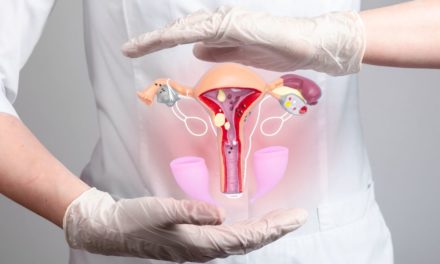Empowering Women
Introduction
Premenstrual Syndrome (PMS) is a common and often misunderstood condition that affects many women during their reproductive years. It refers to a combination of physical, emotional and behavioral symptoms that occur in the days leading up to menstruation. PMS can vary widely in its severity and impact on daily life. In this article, we will provide a comprehensive overview of PMS, including its causes, symptoms, diagnosis, and available treatment options. By shedding light on this condition, we aim to empower women to recognize the symptoms, seek appropriate medical care, and find relief from the challenges of PMS.
Understanding Premenstrual Syndrome (PMS)
PMS is a cluster of symptoms that start to appear around the luteal phase of the menstrual cycle, usually one to two weeks before the start of menstruation. The exact cause of PMS is not fully understood, but hormonal changes and neurotransmitter fluctuations are thought to play a role.
Common symptoms of PMS
Symptoms of PMS can vary from woman to woman and can include:
- Mood changes, irritability, or feelings of sadness
- Breast tenderness and swelling
- Bloating and water retention
- Fatigue or changes in sleep patterns
- Headache or migraine
- A change in appetite or desire to eat
- Difficulty concentrating or feeling overwhelmed
Effects on daily life
PMS can significantly affect a woman’s quality of life, affecting her emotional well-being, work productivity, and relationships. Severe symptoms of PMS, known as premenstrual dysphoric disorder (PMDD), can be particularly debilitating.
Seek medical help
If PMS symptoms are severe, interfere with daily activities, or cause distress, it is important to seek medical advice. A healthcare provider can help determine whether symptoms are related to PMS or another underlying condition.
Diagnosis of PMS
Diagnosing PMS involves tracking symptoms over several menstrual cycles to identify patterns and rule out other possible causes. Keeping a menstrual diary can be helpful in keeping track of symptoms and their severity.
PMS treatment options
The goal of PMS treatment is to relieve symptoms and improve overall health. This may include:
- Lifestyle changes: Engaging in regular exercise, maintaining a balanced diet, getting enough sleep, and managing stress can help reduce PMS symptoms.
- Medicines: Over-the-counter pain relievers can help manage physical symptoms, while hormonal medications, such as oral contraceptives, can control hormone fluctuations and reduce symptoms.
- Cognitive Behavioral Therapy (CBT): CBT can be beneficial in helping women to relieve emotional symptoms and develop coping strategies to manage PMS.
- Additional Interventions: Certain supplements, such as calcium, magnesium, and vitamin B6, have been found to reduce PMS symptoms for some women.
Coping strategies
Self-care practices, such as relaxation techniques, mindfulness, and seeking support from loved ones, can help women cope with the challenges of PMS.
Result
Premenstrual Syndrome (PMS) is a common condition that affects many women during their reproductive months. By understanding the causes, symptoms, and available treatment options for PMS, women can take proactive steps to effectively manage the condition. Getting support from health care providers and adopting coping strategies are essential aspects of navigating PMS with confidence and self-care. Together, let’s make awareness a priority, promote open communication about women’s health, and empower women to seek medical help when needed, allowing them to live healthier and more fulfilling lives free from the burden of PMS.










